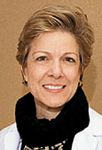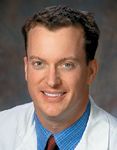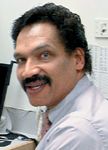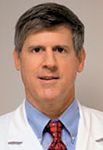- Case-Based Roundtable
- General Dermatology
- Eczema
- Chronic Hand Eczema
- Alopecia
- Aesthetics
- Vitiligo
- COVID-19
- Actinic Keratosis
- Precision Medicine and Biologics
- Rare Disease
- Wound Care
- Rosacea
- Psoriasis
- Psoriatic Arthritis
- Atopic Dermatitis
- Melasma
- NP and PA
- Skin Cancer
- Hidradenitis Suppurativa
- Drug Watch
- Pigmentary Disorders
- Acne
- Pediatric Dermatology
- Practice Management
- Prurigo Nodularis
- Buy-and-Bill
Article
Store-and-forward technology coming to forefront of teledermatology
Author(s):
When the concept of telemedicine was introduced several years ago with the intent of broadening patient access to a decreasing number of specialists, dermatology was considered possibly the best specialty to use the new system because it is such a visual field.

Dermatology Times talked to several dermatologists around the country who have used, or are familiar with, teledermatology. The doctors discussed development of the program and the problems and advances made within teledermatology. Some of them are in tertiary care centers, others in private practice. Some are finding it extremely useful, others are still waiting for bugs to be worked out, not the least of which is reimbursement.


"We also do Grand Rounds with a hospital in Monterrey, Mexico, as well as consultations in pediatric dermatology for the Florida Department of Health for Medicaid and indigent patients."
Technology saves time
Contributing to the ability to have such wide-ranging services is the store-and-forward technology.

Jeffrey S. Dover, M.D., of Chestnut Hills, Mass., was involved in research conducted by teledermatology pioneer Joseph Kvedar, M.D., of Boston. They studied the effectiveness of store-and-forward teledermatology as compared to live interactive consultations. Dr. Dover reports that photos offer advantages over live interaction.
"Live teledermatology visits take much longer than looking at pictures, making the diagnoses and e-mailing treatment options to the local practitioner. When a person is on the other end of the video camera, and you are talking to them, it's like seeing a patient in the office, which can take 15 minutes or so.
"Conversely, dermatologists are trained to look at pictures and recognize conditions. They can do that in a minute or two. Theoretically, in an hour, one could actually diagnose and make treatment suggestions for some 30 patients."
He wouldn't mind practicing some teledermatology if the opportunity presented itself.
"But you've got to have somebody take the time to spearhead that, set up the technology, pick the sites and the physicians at the other end. And it needs to be somebody really skilled in making diagnoses from photos," he says.




